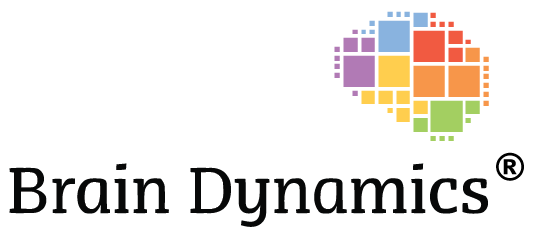
Neuropharmacogenomics information added







Use of gestural recognition technology using kinect in our products. This new use is based on the recognition of the movement when interacting with the various interfaces that the company is developing.
Continue Reading





 Based in the Connectome project, that include more than 1200 estudios de fMRIrs studies (Functional Magnetic Resonance Image in Resting State), an optimal methodology was selected for extracting information and it´s transformation into knowledge.
Based in the Connectome project, that include more than 1200 estudios de fMRIrs studies (Functional Magnetic Resonance Image in Resting State), an optimal methodology was selected for extracting information and it´s transformation into knowledge.




We performed a statistical meta-analysis of fMRI studies to infer the correlation between anatomical structure and cognitive function. By conducting this study, it was possible to filter the large volume of information contained in BrainMap, resulting in a final database that stores the following information: (1) The probability of activation of each brain structure for each cognitive domain , (2) The probability that each cognitive domain is related to the activation of each brain structure and, (3) The probability that two structures are activated simultaneously by each cognitive domain.












NeuroSeek: Knowledge
Neuroimaging Studies
HW and SW Development
ELENA: Cognitive Rehab.
NEUTilus: Neuronavigation
Human-Computer Interaction
Applied Neuroscience
Advanced Training
Brain Dynamics S.L.
Edif.Bioinnovación. PTA
Málaga. Spain.
Teléfono:
Móvil:
This email address is being protected from spambots. You need JavaScript enabled to view it.